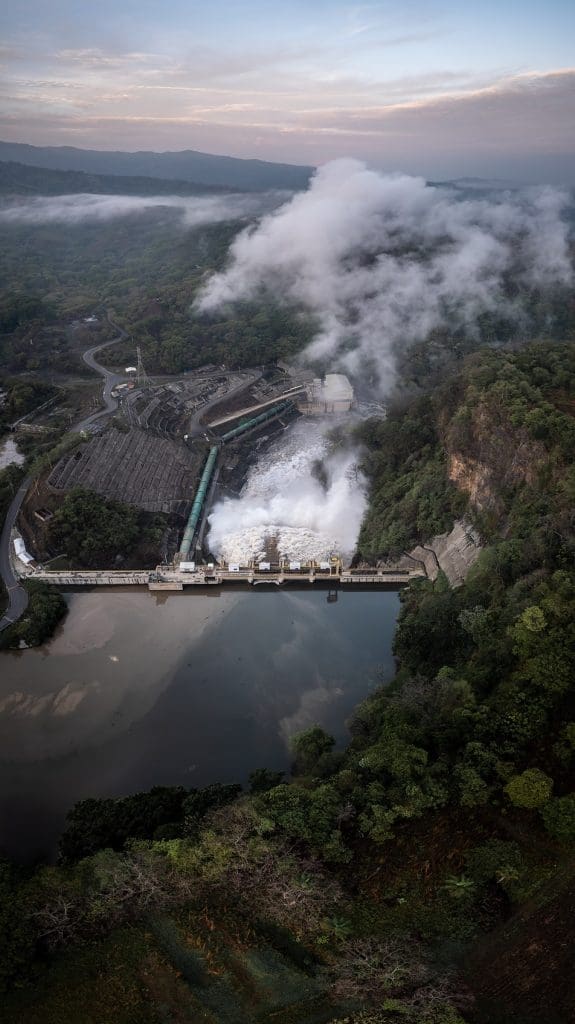
SHOCKING NEWS: Electrical Rates Going Up???
FALSE: The Public Services Regulatory Authority (ARESEP) has confirmed that electricity rates in the country will increase by 15% to 20% starting in January 2025. This increase will be implemented by all distribution companies.
The reason for the rate hike, according to ARESEP, is the higher consumption of thermal energy in 2023 and 2024. The projected increases could be even higher depending on the evolution of the generation system for the rest of 2024.
Carlos Montenegro, Executive Director of the Costa Rican Chamber of Industries, expressed concern that by May, end customers could see a 26.6% increase in rates. He emphasized the need for measures to mitigate the steep increase and suggested spreading it out over 24 months or more.
The Costa Rican Electricity Institute (ICE) has heavily relied on hydrocarbons in 2024 to meet electricity demand due to low reservoir levels for hydroelectric generation. This has led to increased imports from the Regional Electricity Market (MER).
The Chamber of Industries warned that tariffs could potentially rise by up to 26.6% in 2025 if the impact of thermal generation is considered. They called for measures to lessen the impact of the increase on consumers.
All users, including residential, industrial, and commercial sectors, will bear the costs associated with increased thermal generation and imports in 2025. The estimated total cost to subscribers nationwide is approximately ¢193,000 million.
MAY 31 UPDATE: QCOSTARICA — Despite reports in several local news outlets that the regulatory authority, the Autoridad Reguladora de los Servicios Públicos (Aresep), estimates that starting in January 2025, an increase in electricity rates of “between 15% and 25%” by 2025, due to the Variable Cost of Generation (VCG), the state power and light company, the Instituto Costarricense de Electricidad (ICE), clarified it would not be so.
On Monday, ICE published a statement contradicting information from the Aresep about an increase in electricity rates.
“The tariff estimates for 2024 and 2025 already consider the effects on electricity generation due to the atypical dry season caused by the El Niño Phenomenon. These calculations are based on current climate projections, although this factor is variable and not controllable by ICE,” said the state power and light company.
According to these estimates, the VCG adjustment for 2025 will be lower than that in 2024 and could even experience a slight reduction. This suggests that the impact on the rate for the final consumer will be zero or less than the current one.
“The ICE administration has implemented a strategy focused on rate stabilization to promote the development of the country and improve the quality of life of Costa Rican society,” declared Marco Acuña, president of the ICE Group.




